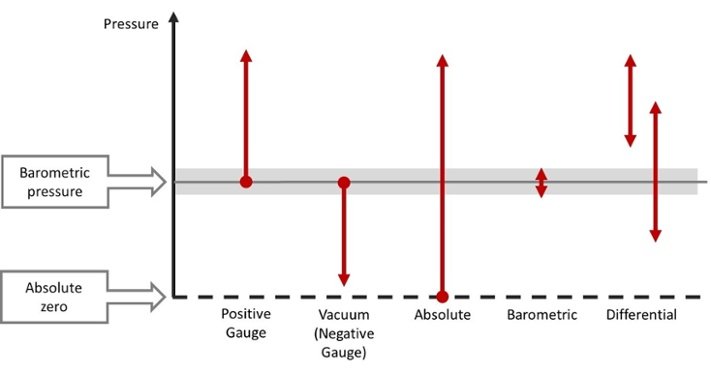
Figure 1. Pressure types
On a regular basis, we receive customer questions about pressure types and we can realize that this is a topic that causes confusion. In everyday situations, we don’t usually talk much about different pressure types, but there are different types (sometimes also referred as “modes”) available. This post gives a short explanation of the different pressure types.
The two principal pressure types are gauge (or gage) and absolute pressure.
Vacuum is sometimes considered as its own pressure type, although it is a negative gauge pressure.
Barometric pressure is also used in discussions, being the atmosphere’s absolute pressure.
Differential pressure is also considered a pressure type as being the difference of two separate pressures. In the end, all the pressure types are differential, with just a different point of comparison. Let’s have a quick look at these different types.
Gauge pressure
Gauge (gage) pressure is the most commonly used pressure type. With gauge pressure we always compare the pressure we are measuring against the current atmospheric pressure. So it is the difference of the measured pressure and the current atmospheric pressure, meaning that we are that much above (or below) current atmospheric pressure. If our gauge pressure measurement device is open to atmospheric, it will always read zero, although the atmospheric pressure is different on any given day. Gauge pressure can be indicated as word “gauge” after the pressure unit (e.g. 150 kPa gauge). The abbreviation “g” is also used, although it is not fully legitimate and may cause confusion with the pressure unit.
Since gauge is the default pressure type, often there is no indication of pressure type, when it is gauge.
One practical example of gauge pressure is a car’s tire pressure; although we don’t talk about “gauge” pressure, we measure and fill it up to certain gauge pressure, i.e. certain amount above atmospheric pressure, regardless if it is a low (rainy) or high (sunny) atmospheric pressure on that day.
Absolute pressure
Absolute pressure is the pressure compared to absolute vacuum, so it is the difference of the measured pressure and the absolute vacuum. An absolute vacuum is a state where the vacuum is so deep that there is no air molecules left, so there is no pressure. In practice a perfect absolute vacuum is impossible to achieve, but we can get pretty close. Also, in outer space, the pressure is absolute vacuum. An absolute pressure can never be negative, or in practice not even zero. If somebody tells you about a negative absolute pressure, you can ask him to check his facts… Absolute pressure should be indicated as word “absolute” after the pressure reading (e.g. 150 psi absolute). Sometimes you can see also abbreviations “a” or “abs” being used, but the whole word “absolute” should be used if there is a risk that ”a” or "abs" can cause confusion in combination with the pressure unit. It is important to remember to highlight that it is absolute pressure in question, otherwise it may be confused with gauge.
Vacuum pressure
Vacuum pressure is a (gauge) pressure which is below current atmospheric pressure. Being a gauge pressure, it is compared against the current atmospheric pressure and is often indicated as negative gauge pressure. The term vacuum is sometimes also used as a generic term to refer to a pressure that is below atmospheric pressure, even if it could also be measured as absolute pressure. In that case it is of course not a negative number, it is just an absolute pressure being smaller than the current atmospheric absolute pressure. For example, if you pull a 40 kPa vacuum, that can be said to be -40 kPa gauge, but it can also be indicated in absolute pressure being for example 60 kPa absolute, if the barometric pressure is 100.000 kPa absolute at the moment.
Differential pressure
As the name already hints, the differential pressure is a difference of two separate pressures. The value can be positive or negative (or zero) depending which of these two pressures is higher.
A common industrial application is the measurement of flow by comparing a differential pressure over a constriction in the tubing (usually zero-based), or a tank level measurement by measuring the differential pressure between tank top and bottom. Another common measurement is the very low differential pressure difference between a clean room and surrounding areas.
Barometric pressure
The barometric pressure is the absolute pressure of current atmospheric pressure at a specific location. The nominal barometric pressure has been agreed to be 101 325 Pa absolute (101.325 kPa absolute, 1013.25 mbar absolute or 14.696 psi absolute). The barometric pressure is dependent on weather conditions, your location and your elevation, being the highest at sea level elevation and lowest at high mountains.
A weather forecast is one practical example of the use of absolute pressure to indicate high or low barometric pressure, roughly corresponding sunny or rainy weather. If a weather forecast would use gauge pressure, the air pressure would always be zero, so that would be pretty useless forecast (well, they often are useless anyhow) … ;-)
The basic conversion rule between gauge and absolute pressure is the following:
Absolute pressure = atmospheric pressure + gauge pressure
I hope this short post provided some useful information on the different pressure types.
Best regards,
Heikki
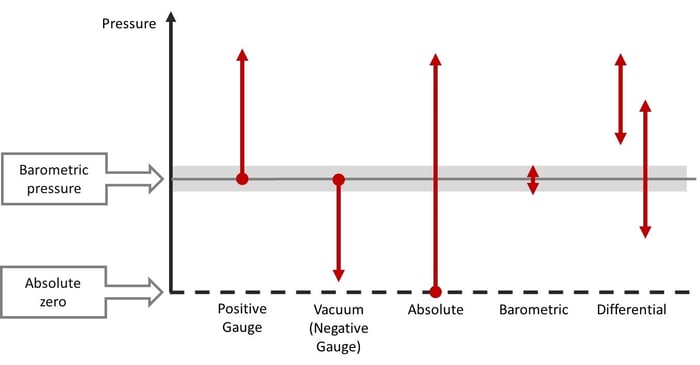

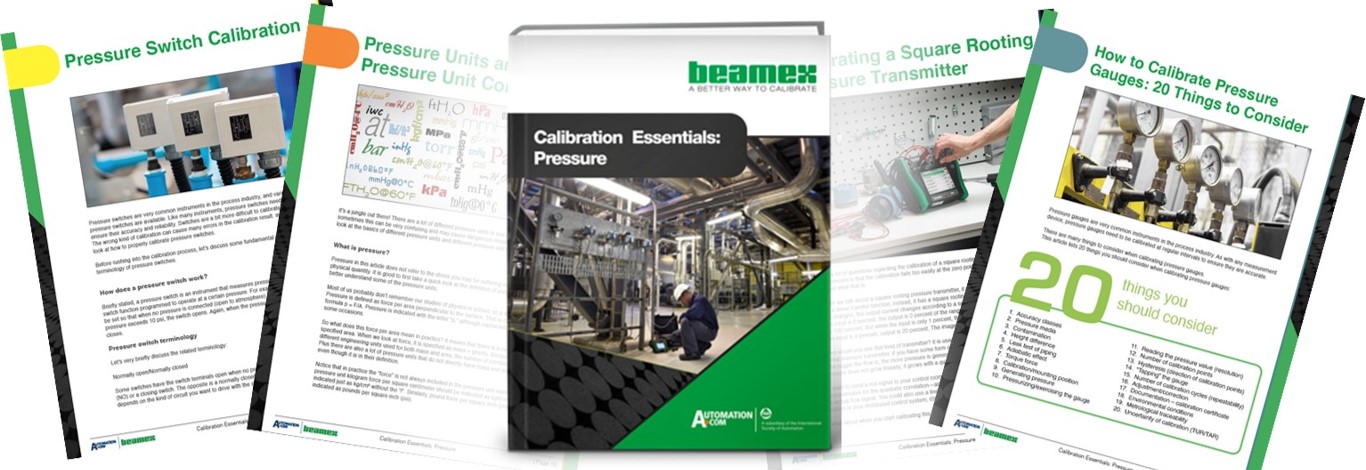
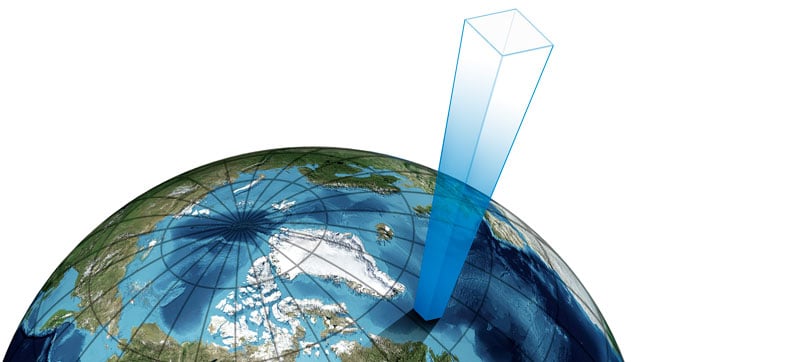
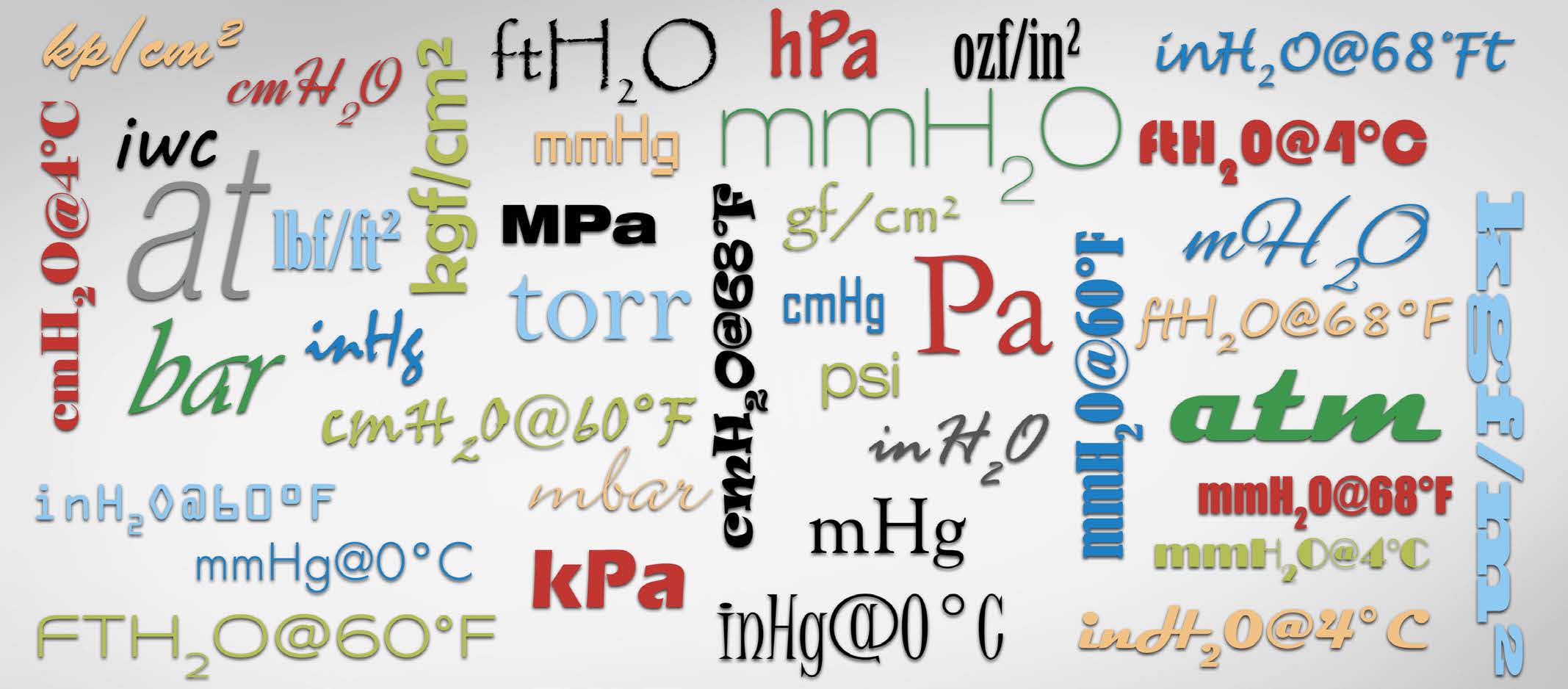

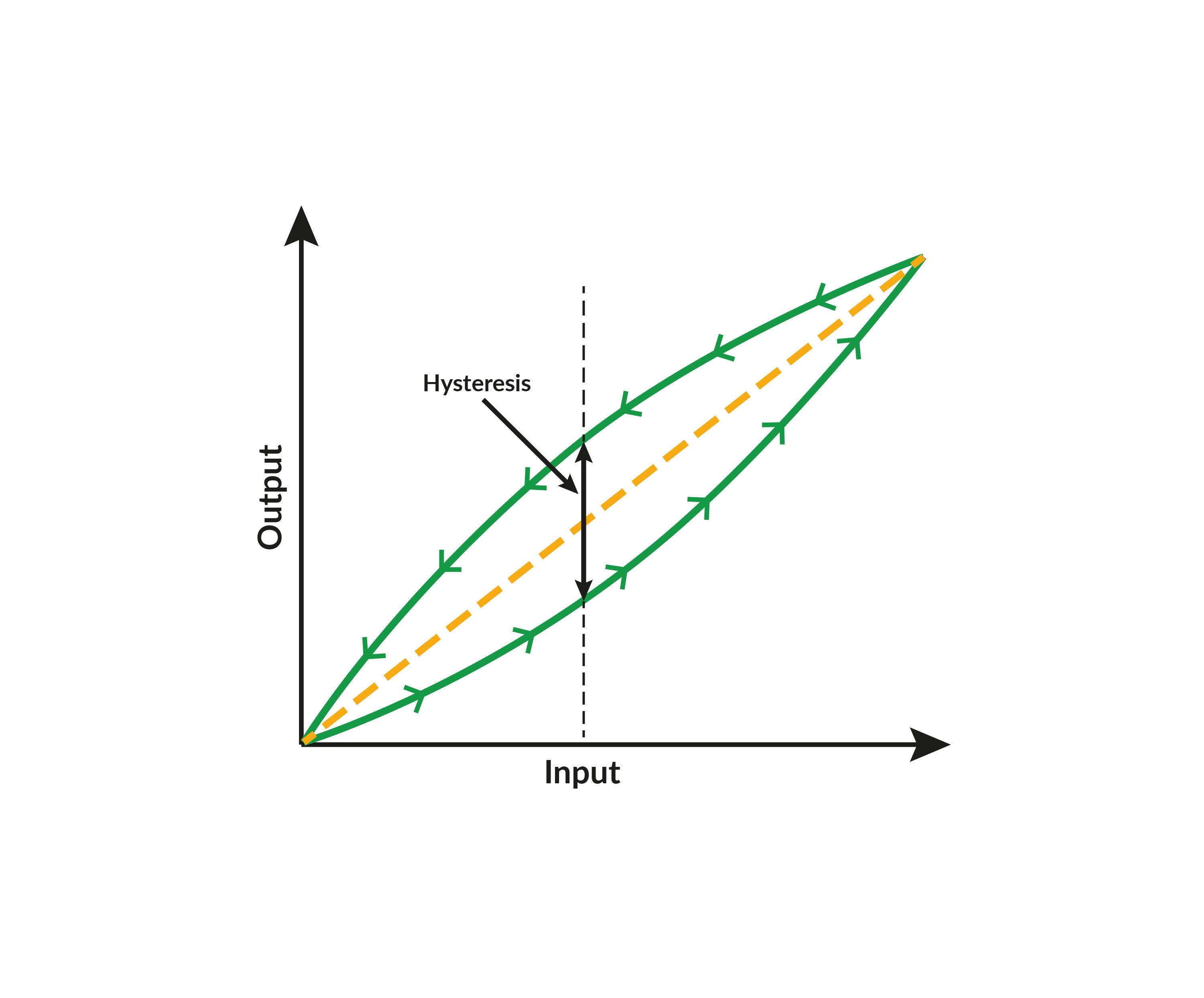
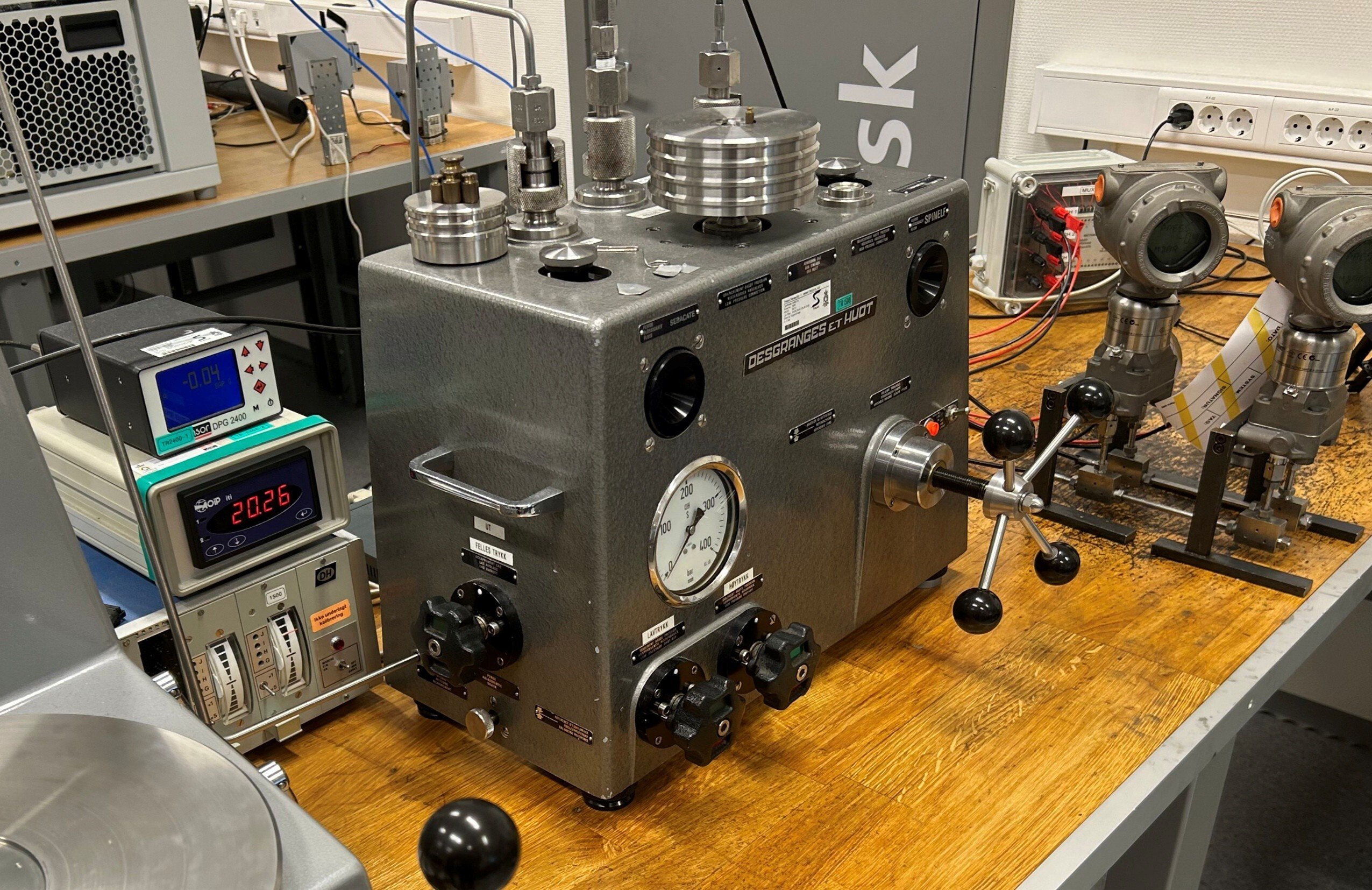

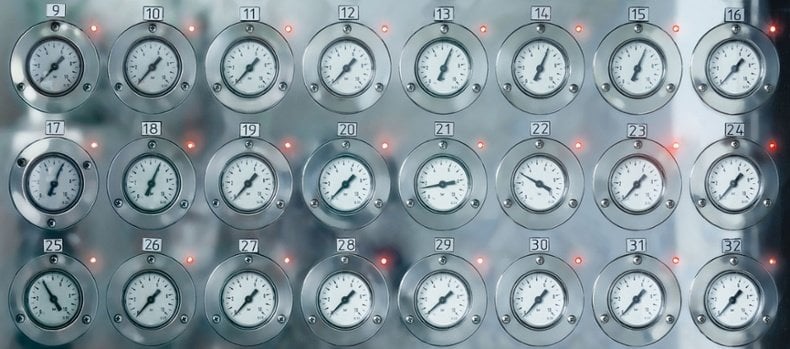
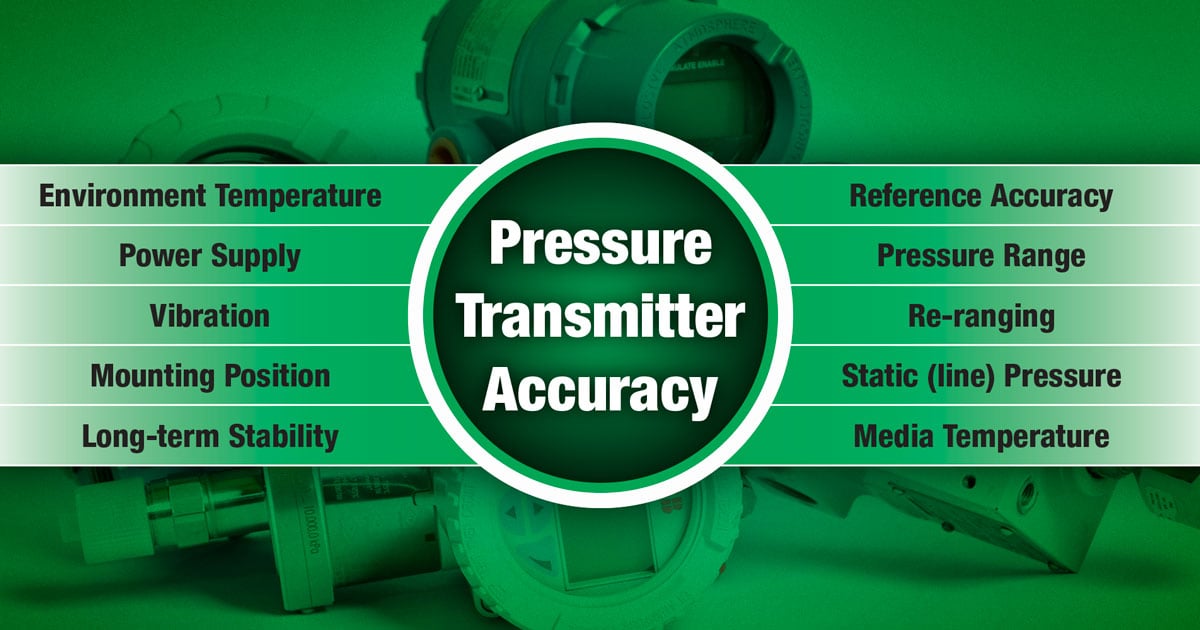
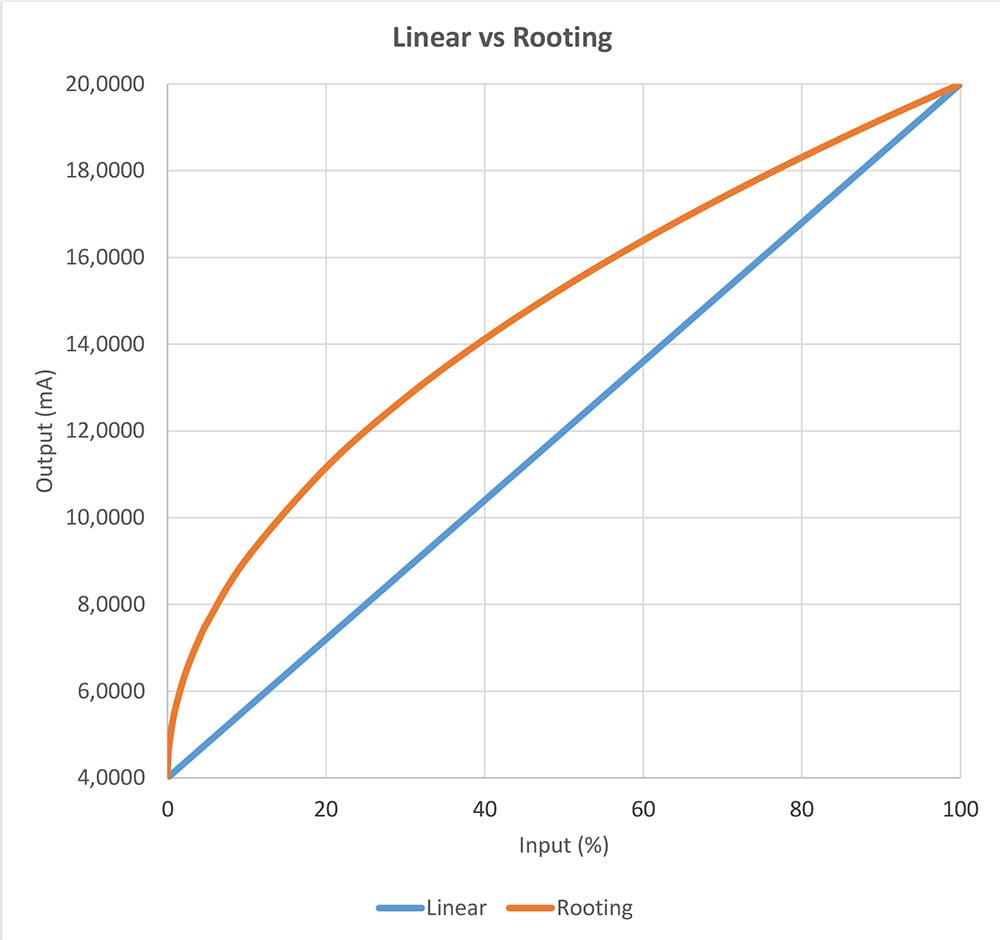

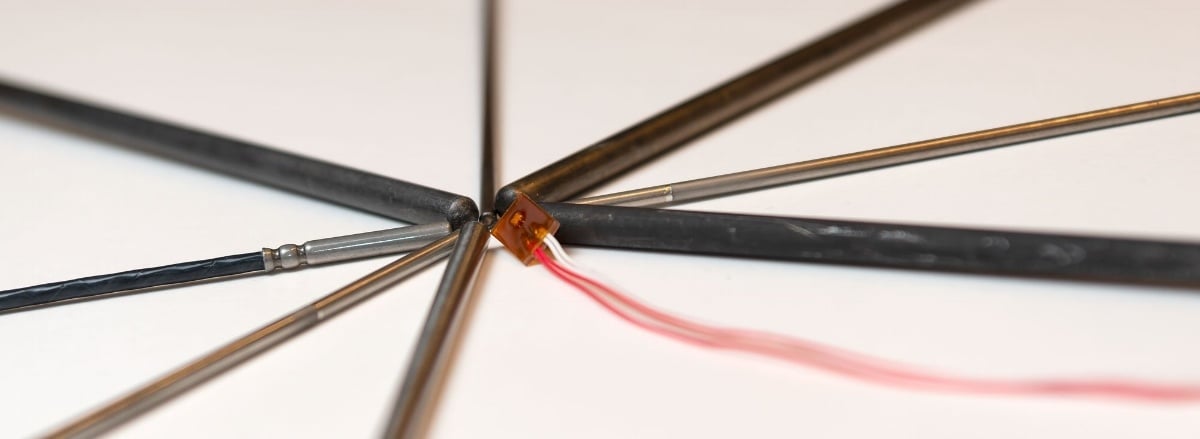
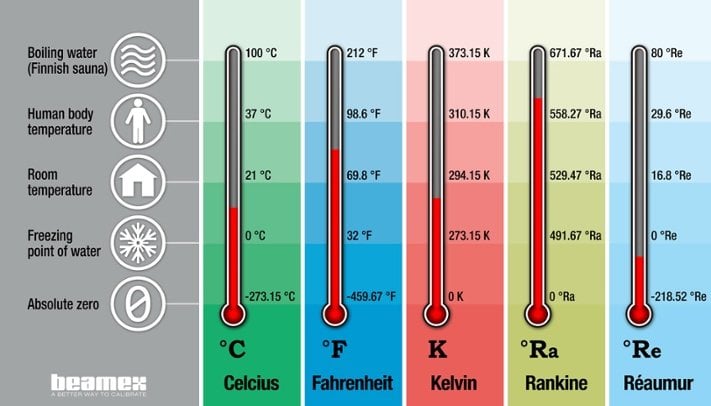

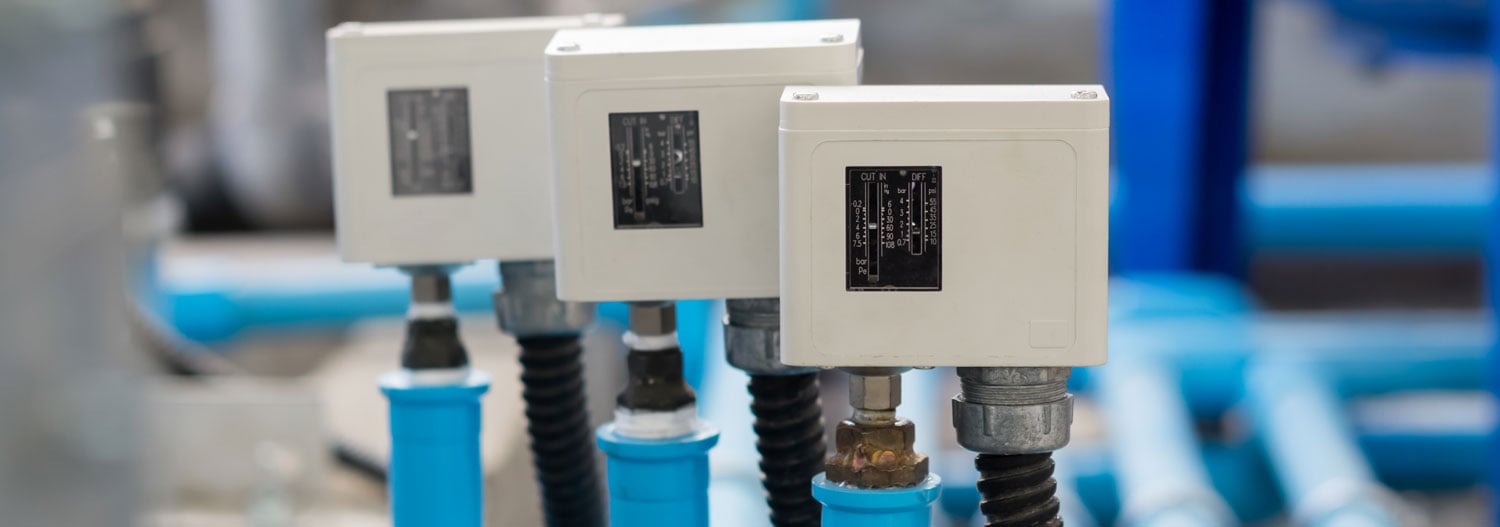
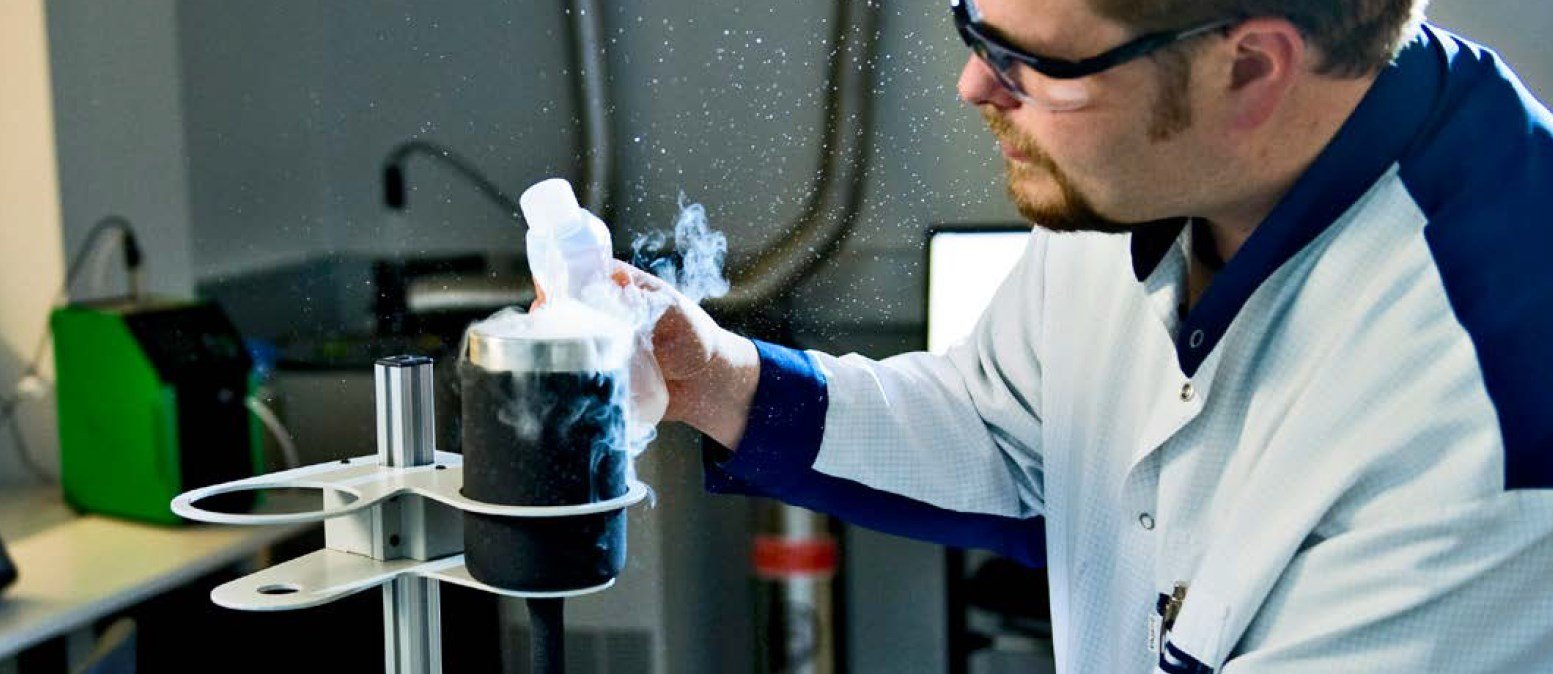
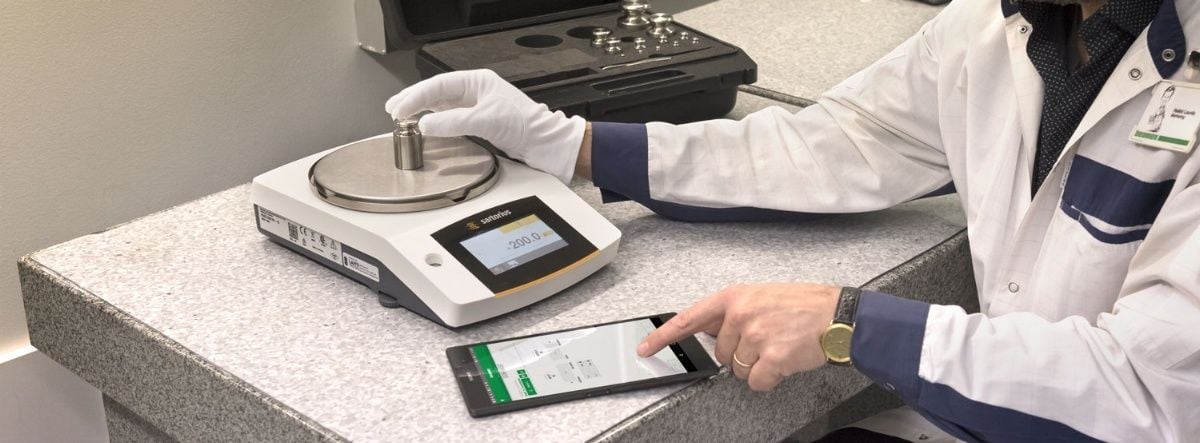
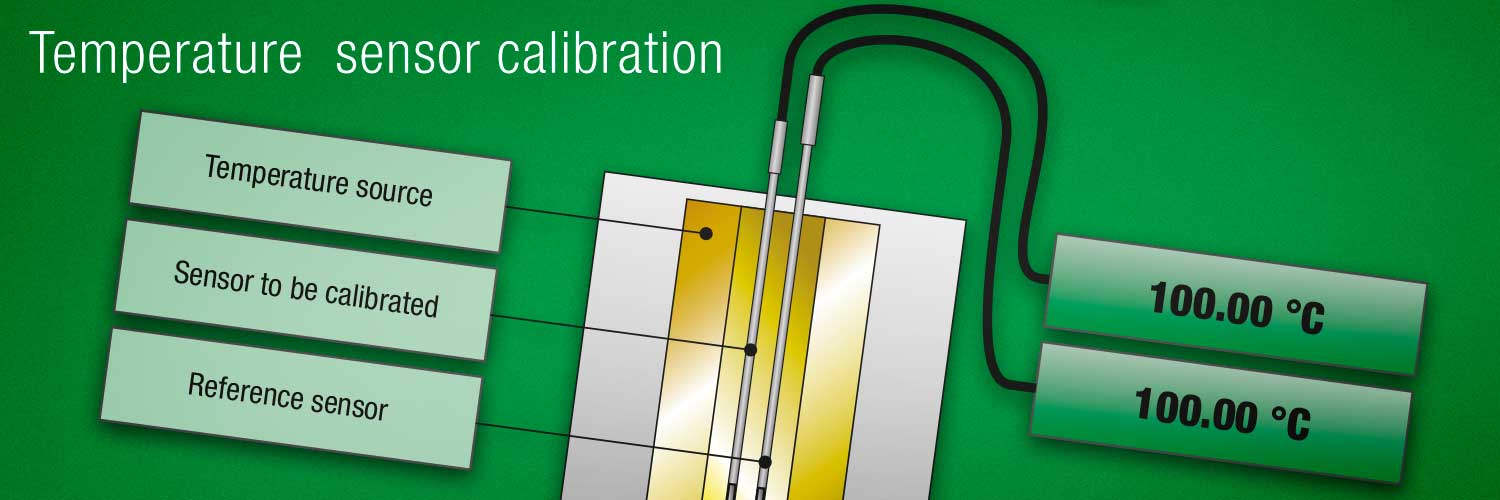

.jpg)
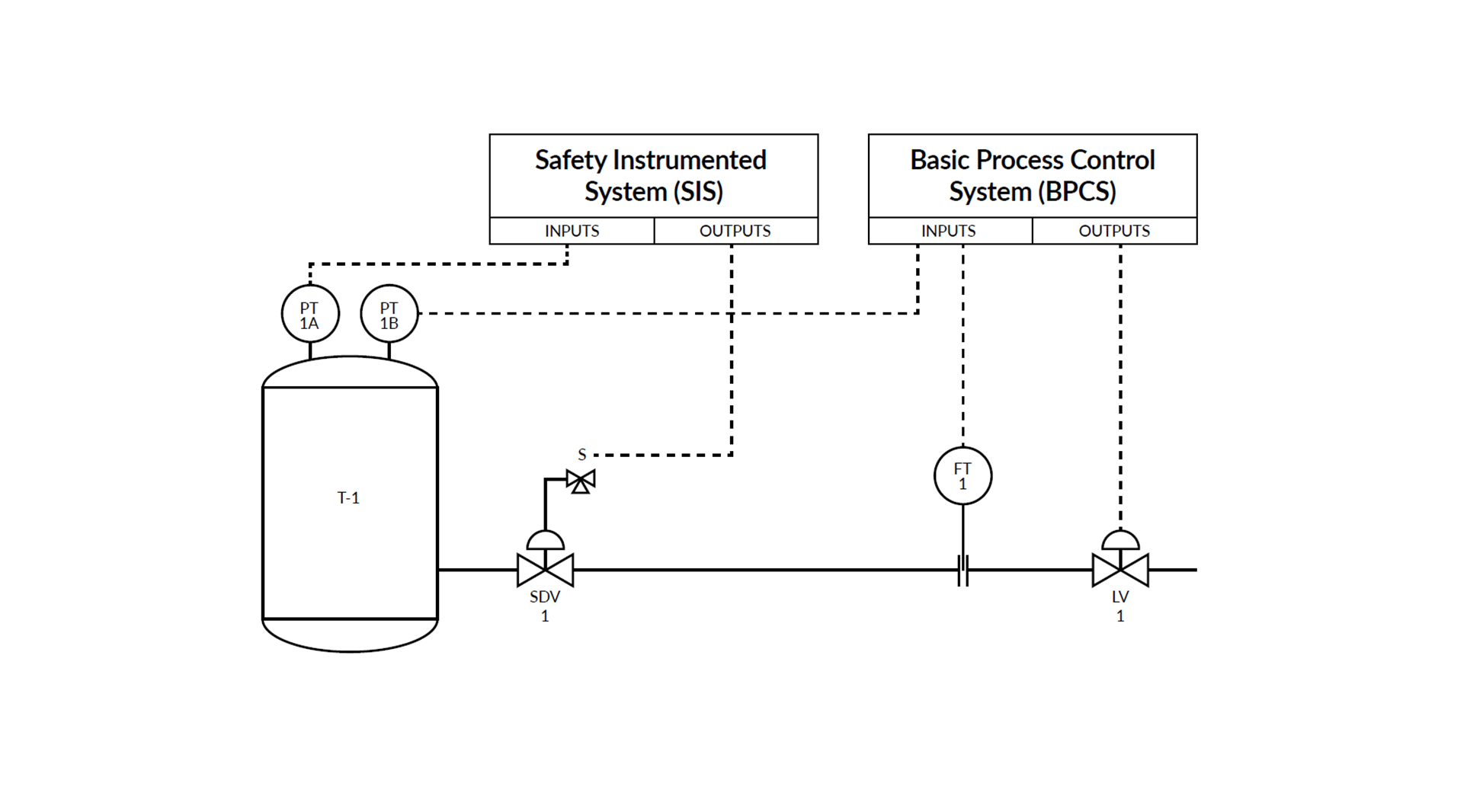


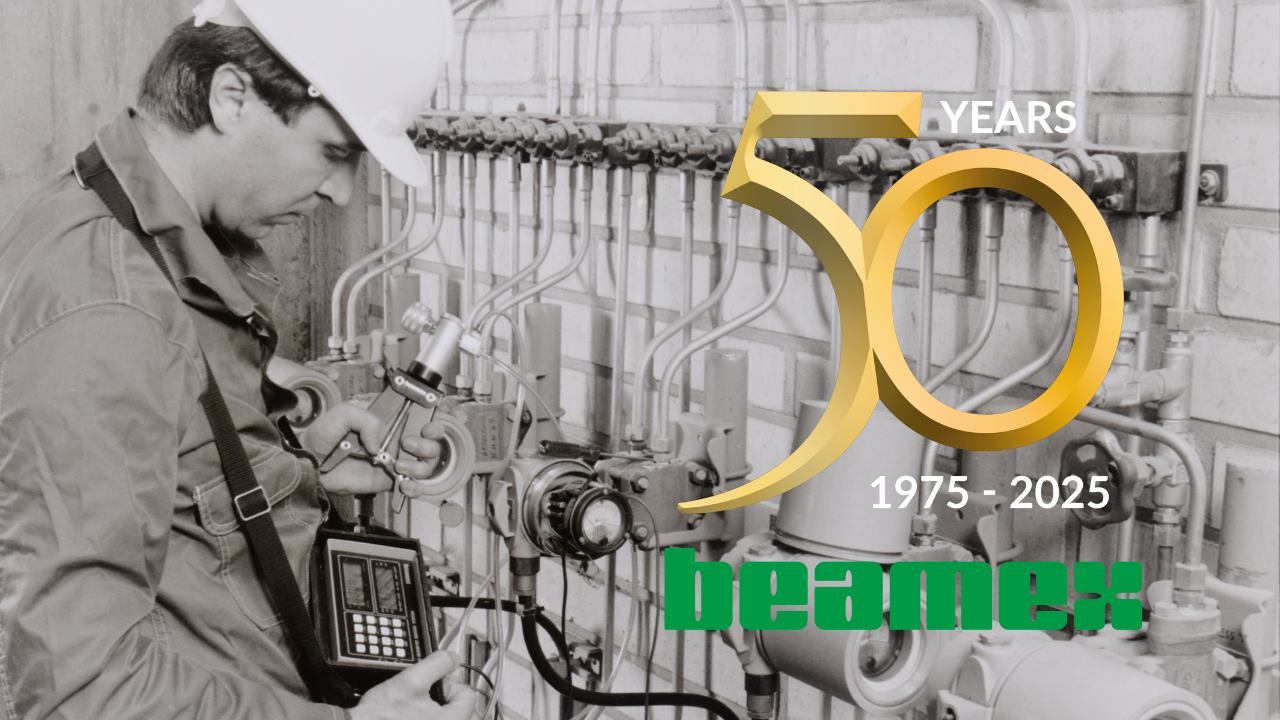
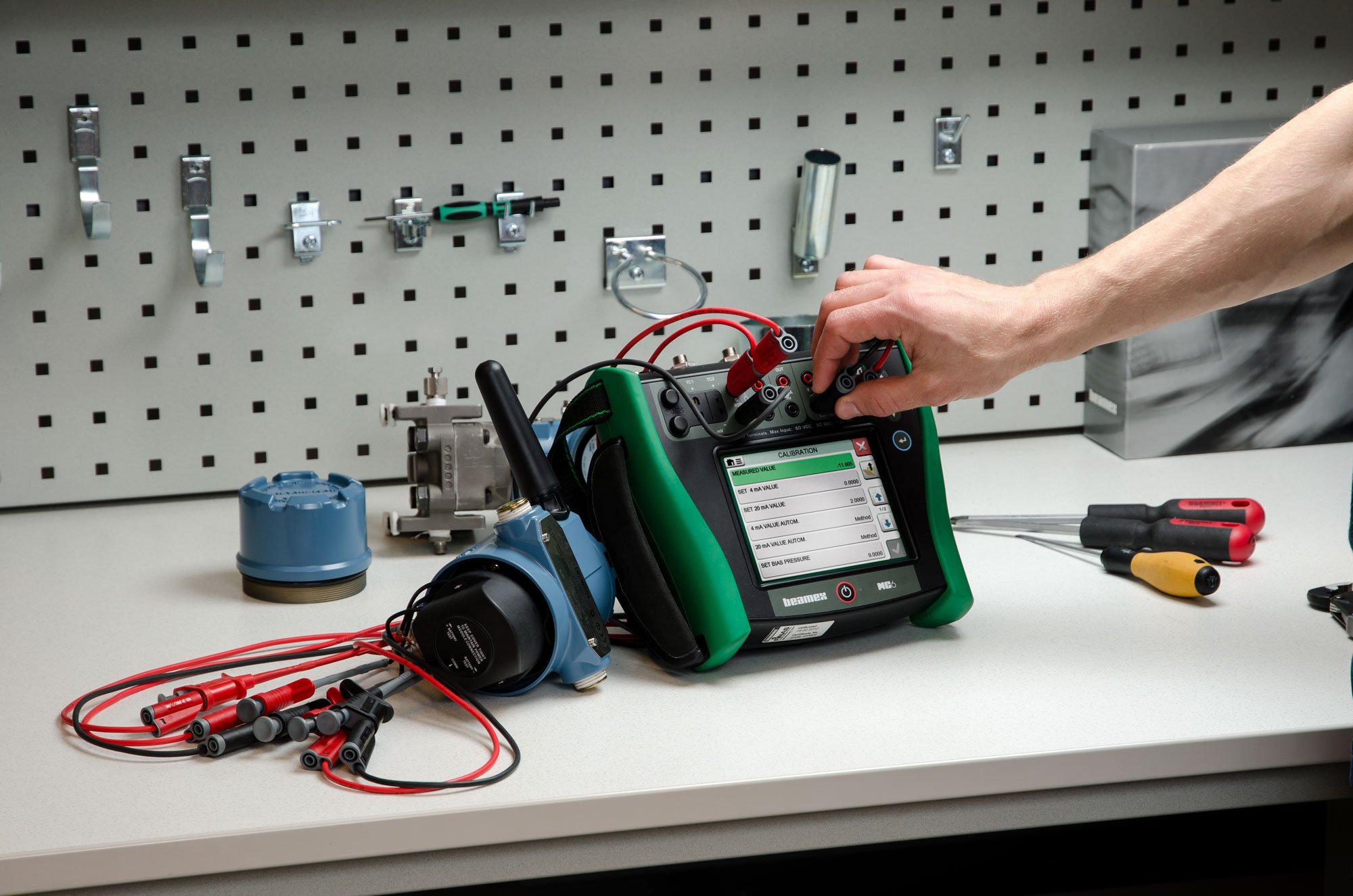

.png)
.png)
Discussion